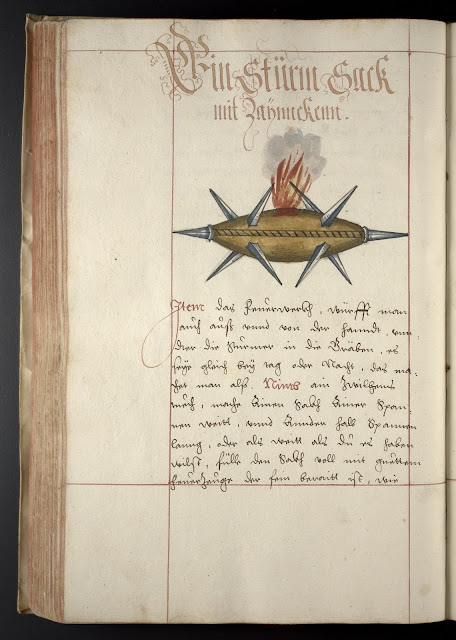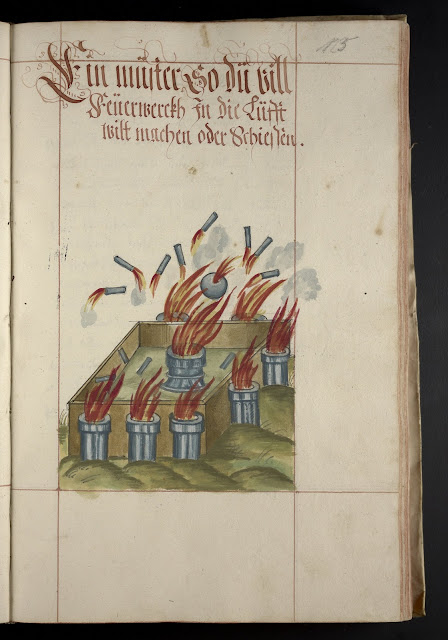 |
| God Quetzalcoatl |
Juan de Tovar, also known as the “Mexican Ciceron”, was the son of a Spaniard conqueror, arrived to Americas with the expedition of Pánfilo de Narvaez to explore and conquer the territories of gulf of Mexico, taking lands between actual Tampa (Florida) to Mississippi river for Carlos V of Spain. Juan de Tovar entered the Jesuit order in 1573 and spent his life doing missionary work in Mexico, learning local languages like náhuatl, otomí and mazahua. After collecting all pre-Columbian Aztec codexes he could, he started their transcription, helped by natives. This spectacular codex, “History of Mexico”, contains detailed information about the rites and ceremonies of the Aztecs; painted illustrations of mexican scenes, indian dances, and history. As main characteristic, this codex includes an elaborate comparison of the Aztec year with the Christian calendar. There's another codex from Juan de Tovar, known as "Codex Ramirez" or "Tovar manuscript", very similar to his "History of Mexico", hosted at John Carter Library, Brown University (Rhode Island, US). Image below represents the xocotl huetzi (xocotlhuetzi) ceremony, related to the collection of the fruits of the earth and the ritual death of plants. It involved cutting a tree and placing an image of the god on the top. Copal and food were then offered to the tree. Young men were encouraged to climb the tree to get the image and gain a reward. Four captives were sacrificed by being thrown into a fire and by having their hearts extracted.
 |
| xocotl huetzi (xocotlhuetzi) ceremony, that included human sacrifice |
 |
| Aztec calendar (month of June) |
 |
| Maxcala Idol |
 |
| Aztec Calendar representation |


















